To qualify as an educational assistance program, the plan must be written, accessible to all employees and spell out what the money can be used for. The business can either directly pay the educational institution or student loan servicer on behalf of the employee or they can pay the employee directly and then potentially request a receipt of employee payments if their specific written plan requires it. If the total payments for educational assistance are under $5,250, the employee will not be taxed on this additional benefit. However, if the payments for tuition and loan assistance exceed $5,250, the employee would then pay taxes on the overage as it would now be included in box 1 of their W-2.
Recently, we had a local business reach out to inquire about the potential implementation of an education assistance program that takes advantage of this expansion of Section 127. One of their key questions was “is this something you think we should offer to employees, knowing that we handle payroll in-house using QuickBooks?” Ease of implementation to process this pre-tax contribution will vary with the type of QuickBooks product the business uses (i.e.: desktop or online). QuickBooks payroll will need to be set up to accept and track the payments by going through the CARES Act section to check off the applicable pay items to include. With this expansion available through 2025, your employees can benefit from it for 3+ years if your bookkeeper can adapt your program to your payroll system now.
This fringe benefit does mean that employees who receive this money will not be able to claim any of the tax-free education expenses (the amount received under $5,250) as the basis for another deduction or credit on their 1040 tax return. This includes the Lifetime Learning Credit and Student Loan Interest Deduction. However, the Lifetime Learning Credit is limited to a maximum of $2,000 per return and is non-refundable. In other words, the employee could use the credit to pay any tax owed, but they wouldn’t receive any of the tax credit back as a refund. This credit is also phased out completely if the employee has an adjusted gross income over $69,000 as a single filer or $138,000 if married filing jointly. Moreover, the Student Loan Interest Deduction is limited to $2,500, and is eliminated by a phaseout if their adjusted gross income is over $85,000. With the income limits in place on the credits and deductions currently available to individual students and student loan borrowers, this expansion to Section 127 has the potential to benefit a broader base of employees than the credits and deductions.
If you have any questions about how this might affect your educational assistance program or any other programs, deductions or credits please feel free to reach out for detailed tax advice.










